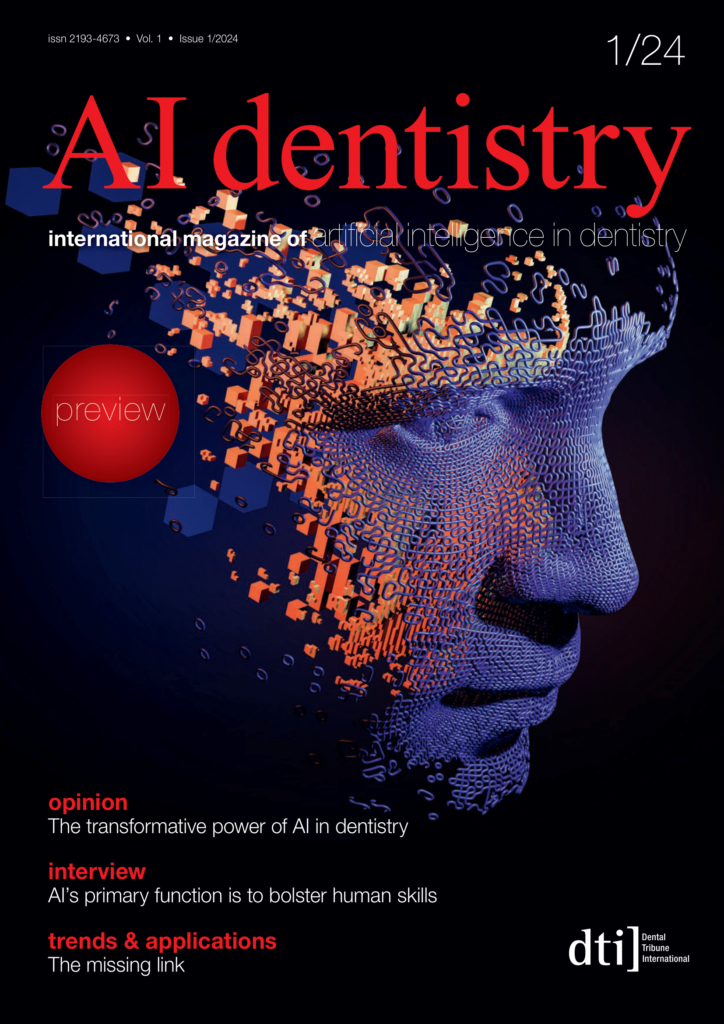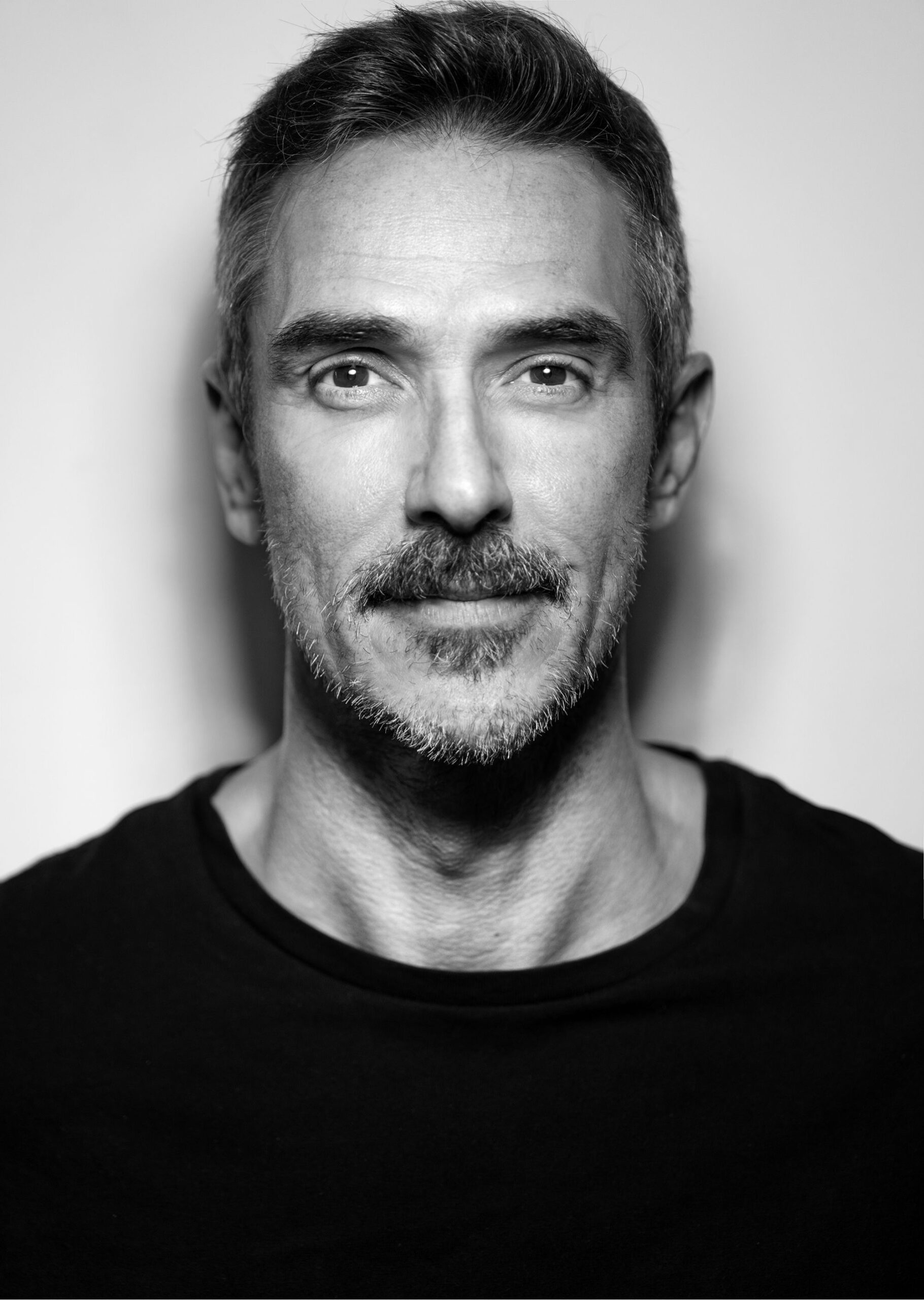I am very passionate about surgery, and my days are typically taken up with treating complex cases, including those involving 3D bone and soft-tissue reconstruction around dental implants and comprehensive oral rehabilitation, with my long-time team at the White Clinic, in Lisbon, Portugal. And I am very passionate about connecting systemic health to dental health.
Just a dentist?
In the past, when people said things like “Oh you’re not a doctor, you’re just a dentist” to me, it would made me recoil and actually feel bad about myself and our beloved profession, and I was not really sure of how to respond. In recent years, I have come to understand that there is something more nefarious in the statement, an us versus them dichotomy that separates the medical community from the dental community, and this assumed separateness does not seem to be questioned or challenged. Have you ever wondered why there are no dentists in most hospitals around the world? It is as if there is an invisible barrier separating the mouth from the rest of the body.
The term “dentist” leads to the perception that all we do is fix teeth, and for example, when we perform a tooth extraction, the only thing involved in this process is a tooth going into the rubbish bin, but in reality, that is not the whole truth. At a biological level, every tooth extraction is bone surgery, and once the tooth has been extracted, the jawbone, which contains bone marrow, is instantly exposed to the oral cavity, which contains saliva with a well-documented microbiome, and if the patient has undergone numerous dental treatments, there is a high risk of pathogenic bacteria and fungus in the mouth that will come into contact with healthy bone marrow. No other bone surgeon in the world would accept such contamination of the surgical site. Why do we?
The core of our immune system
Considering the number of tooth extractions performed, root canal treatment as a foundational therapy in our armamentarium to save teeth, implants and all the other incredible tools that we have to restore function and aesthetics, have we been overlooking the one thing that connects doctors to dentists and vice versa – which is immunology? What are the immunological effects of all of these treatments? And more importantly, how does this affect our systemic health when they are poorly executed or contaminated? We all see in our daily practices many areas of old or outdated treatments that we know need to be redone, but patients choose not to or even believe that we are just trying to make more money by suggesting this. How can we explain to them that this could be affecting their systemic health, especially in patients with an autoimmune disease or cancer, for which it is imperative to ensure the lowest amount of systemic inflammation possible and to have nothing burdening the immune system.
There are many articles on the relationship between oral disease and systemic disease, and we have known for decades that periodontal disease can wreak havoc on our overall well-being. There is more than enough robust evidence to show that bacteria in gingivitis and periodontal disease can enter the bloodstream and cause a litany of systemic health issues.
If it is true for gingivitis and periodontal disease, which are naturally occurring and mostly due to negligence on the patient’s behalf or a genetic predisposition, then what does that say for old extraction sites with residual infected roots or a tooth that underwent root canal treatment 30 years ago without a dental dam that now has an associated cyst? I believe we need to ask more questions, and perhaps this is an opportunity for the dental community to finally sit at the same table as doctors.
As such, we need to understand how we can improve our diagnostics and screening to make sure that our patients are receiving not only a dental check-up but also an inspection of cytokine-producing low-grade chronic infections or inflammation in the jawbone that can be naturally occurring or the result of old, outdated or poorly executed dental therapies. What if we could contribute a little bit more to these patients desperately seeking solutions to improve their systemic health?
How can dentists help these patients?
I believe that we have a unique opportunity in the dental arena to provide assistance to these patients, but we need to update our diagnostic tools – many of us are still only using 2D radiographs as our primary or only diagnostic tool. Why are we accepting the use of only radiographs when the rest of the medical industry uses new technologies, such as MRI, endoscopy, CT scans and blood panels, when needed? What other tools do we have to assist and enhance our diagnostic capacities? Why is it that when we do oral surgery we still only take radiographs and rarely CBCT scans? Why not perform blood tests as well? The lack of congruence here is huge. A surgery is a surgery, whether performed by a dentist or a doctor. The immune system sees it the same way; it does not differentiate between the kneecap and the jawbone. We need to change the paradigm.
I understand how difficult it is for dentists in the very first appointment to give a comprehensive diagnosis, especially if it concerns issues that were not part of the patient’s primary reason for visiting. Patients too can be resistant if they perceive that we are selling to them. Also, some of the issues identified may be the result of our own work or that of a colleague in our community, making it incredibly challenging and even embarrassing to explain this to a patient. Most of our patients will have had work done elsewhere; this is the norm in dentistry.
In addition, patients often expect all dental treatments, no matter how long ago they were done, to last a lifetime, and if it does not hurt, then everything is fine, as if somehow pain is the only or first symptom to appear if something is wrong. We know that that is not the case. We also know that lifelong treatments are impossible to guarantee and that most treatments have a 10-15-year lifespan, even when we do a good job.
Another factor contributing to the problem is that in many clinics around the world the time afforded to dentists in the first visit is not sufficient. I learned this as the founder of the Slow Dentistry Global Network, through which we clearly see that most clinics around the world simply do not have enough time in their daily workflow for in-depth diagnostics, and to compound this, often the only technology used is a periapical radiograph of the tooth being treated and not full-mouth radiographs. This means that the clinician does not have insight into the teeth overall.
When a patient goes to the cardiologist for a check-up, typically, there is a standard protocol and report that the primary care physician can understand. The same goes for other specialties. Why is this not standardised in dentistry? Why do some dentists only look at one tooth? Some look at just teeth and aesthetics and others look at everything. How do we improve on this? Are we not in fact our own worst enemy by not having a standardised approach to full-mouth diagnostics to employ for the first-time patient?
A few other challenges that dentists have are also related to the time it takes to explain full-mouth diagnostics and also perhaps to the lack of training that many dentists have in understanding this, because many of us are focused mostly on teeth and not on immunology – it is already difficult enough to talk about one tooth, let alone the whole mouth!
Changing the paradigm
I have recently been developing an artificial intelligence (AI) software called Missing Link that aims to help bridge the divide between dentists and doctors. This program has been using machine learning, based on thousands of panoramic radiographs taken over a long period and assessed by a team of highly trained dentists. Our AI engineers are some of the best in the world and have developed a proprietary technology around this platform. It is quite unique, as it does not really look at the teeth but at the bone around the teeth for any evidence of bone loss in the bone marrow that may have been caused by inflammation or infection, such as a periapical cyst.
What does the Missing Link AI program search for?
It looks for cysts, impacted teeth, bone loss around implants and issues in the apical area of treated and untreated teeth and for artefacts indicating something that may have been left in the bone after surgery. Missing Link is not a diagnostic tool or a medical device at this point, but it is a very effective screening tool that can very quickly and accurately analyse a panoramic radiograph and give a detailed and easy-to-understand report highlighting where there are evident issues in the bone (reduced Hounsfield units). The report is so easy to read that even the patient will understand, and it can also help the patient, via a geolocation service, to connect with nearby dentists, radiologists, hospitals or clinics to obtain a CBCT scan. It is important to understand that only a clinician can actually deliver the final diagnosis after CBCT evidence and clinical observation and, if the diagnosis is positive, provide the necessary treatment to eliminate all sources of bone infection and inflammation. This will have immediate effects on the patient’s systemic health by reducing the cytokines produced by infection and inflammation, improving the patient’s systemic well-being.
Missing Link has been developed to be deployed by doctors, physicians, cancer experts, hospitals and insurance companies. With patients’ consent, they can scan their panoramic radiographs and help patients to obtain the dental treatment they need in order to reduce systemic inflammation. Unlike other AI programs in the dental arena, Missing Link does not look at teeth, and it does not look for tooth decay or any of the other problems that most AI technologies do. This is a very targeted program.
Uniquely, it enables a doctor, usually unaware of the dental world, to prescribe a test to determine whether the patient has cytokine-producing inflammation in the jaw. Until now, there has been no way other than verbal communication for doctors to know whether their patients have any oral pathologies. Any general medical practitioner can ask for a cardiologist to check a patient’s heart and can expect an electrocardiogram at a minimum and the resulting medical report, and the same goes for investigating any other organ in the body: some form of image will be generated and a report from the specialist will be sent to the general practitioner to provide some answers. But how does a doctor ask a dentist for a report if dentists are only looking at teeth and not at these specific issues and if they lack the right tools or education? We believe that there is a major blind spot here in healthcare. That is why Missing Link aims to connect doctors to dentists and offers a tool for the medical community.
The engineers on the team are currently developing the capacity to perform screening and diagnostics on CBCT scans and screen full-mouth radiographs, which is the preferred diagnostic method in the US.
*Read the full article here.







